Many options. One is the rworldmap package.
library(rworldmap)
We need some data to map.
COVID <- read.csv("https://opendata.ecdc.europa.eu/covid19/casedistribution/csv", na.strings = "", fileEncoding = "UTF-8-BOM")
Aggregate to get the total cases.
library(dplyr)
CASES <- COVID %>% group_by(countriesAndTerritories) %>%
summarise(`Total cases` = sum(cases)) %>%
mutate(countriesAndTerritories=gsub("_", " ", countriesAndTerritories))
If you've already got your data, then you can start from here. Just two steps.
Step 1.
Join the map with your own data using "NAME" for joinCode and the name of the variable in your data that represents the country name for nameJoinColumn.
COVID.map <- joinCountryData2Map(CASES, joinCode = "NAME", nameJoinColumn = "countriesAndTerritories")
Step 2. Plot this object.
par(mar=c(0,0,1,0))
mapCountryData(COVID.map, nameColumnToPlot="Total cases")

It's not a particularly useful map because the data are highly skewed. But you can see how easy it is. The most difficult part is to ensure your country names match those from the package. You can see these from:
countryRegions$ADMIN
[1] "Afghanistan" "Akrotiri Sovereign Base Area" "Aland"
[4] "Albania" "Algeria" "American Samoa"
There's also a country synonym data base:
countrySynonyms
A ggplot version:
library(ggplot2)
library(scales)
library(sf)
library(rnaturalearth)
library(rnaturalearthdata)
world <- ne_countries(scale = "medium", returnclass = "sf")
COVID.world <- merge(world, CASES, by.x="admin", by.y="countriesAndTerritories")
ggplot(data = COVID.world) +
geom_sf(aes(fill=Total)) +
scale_fill_gradient(label=comma) +
theme_void()



